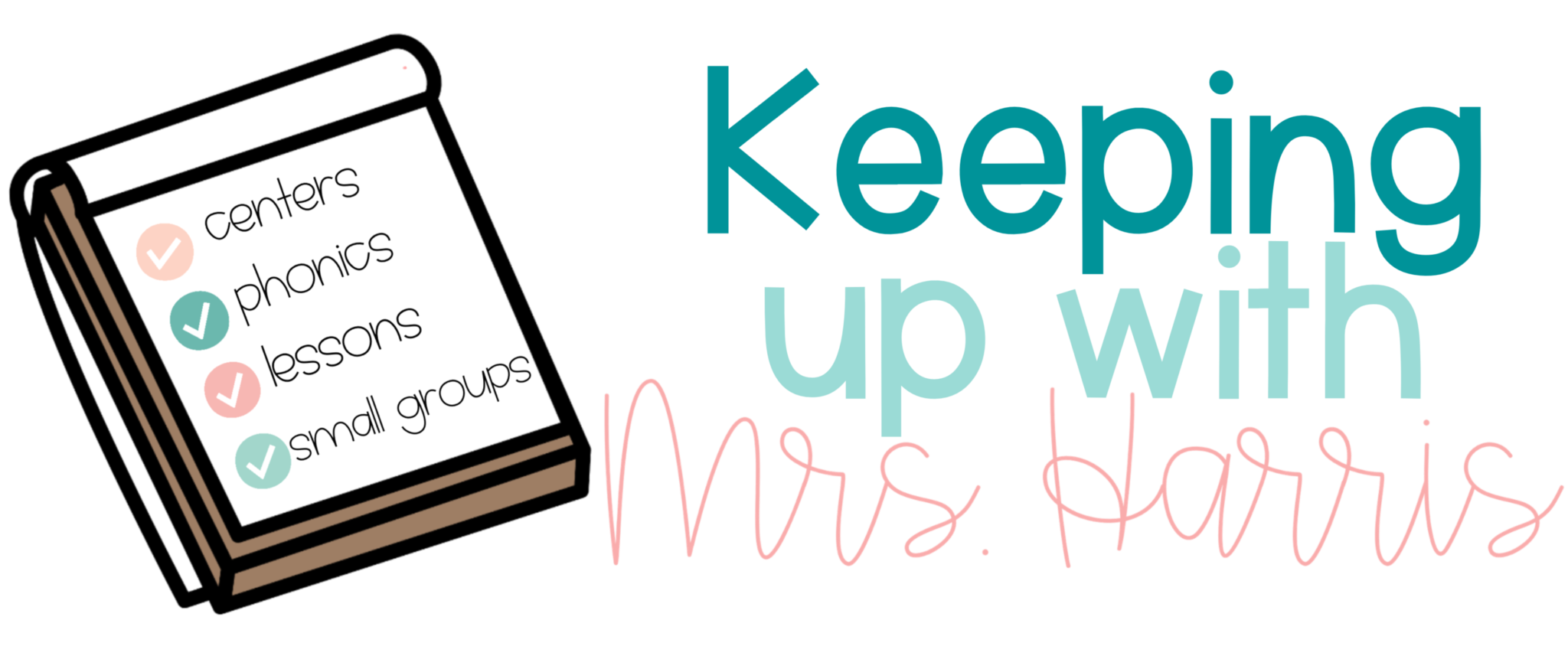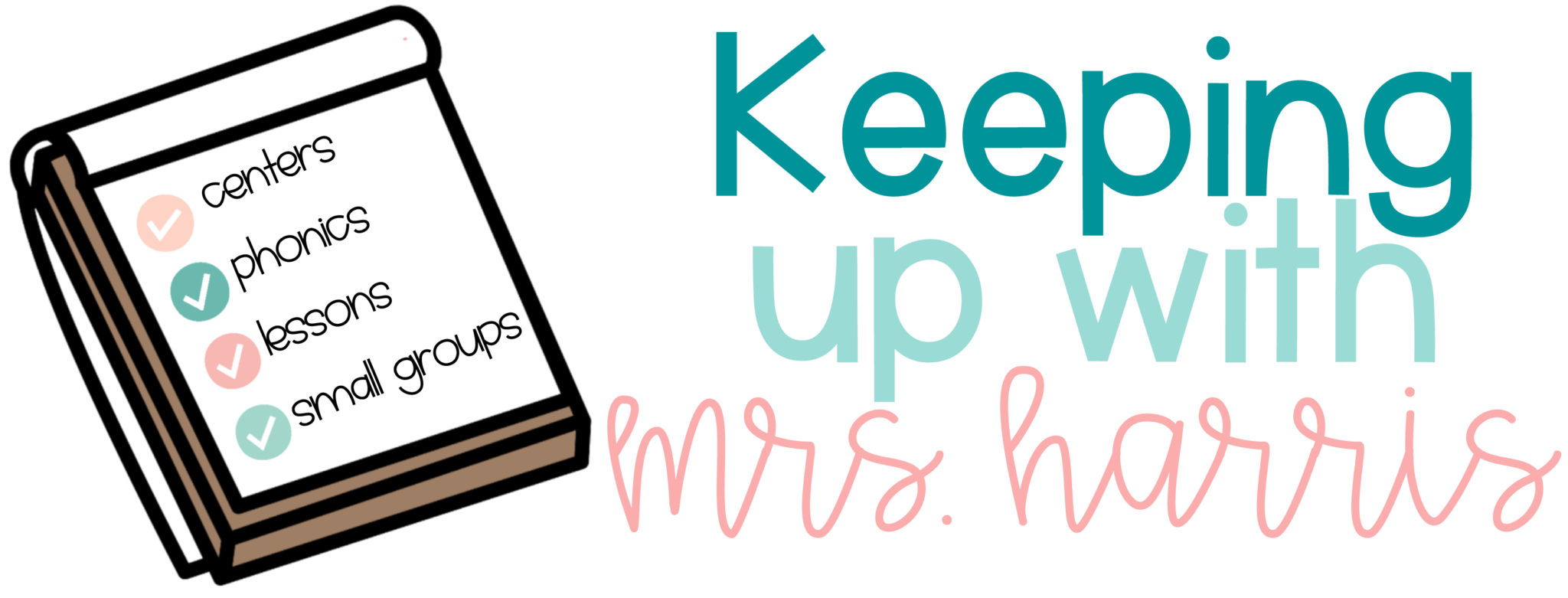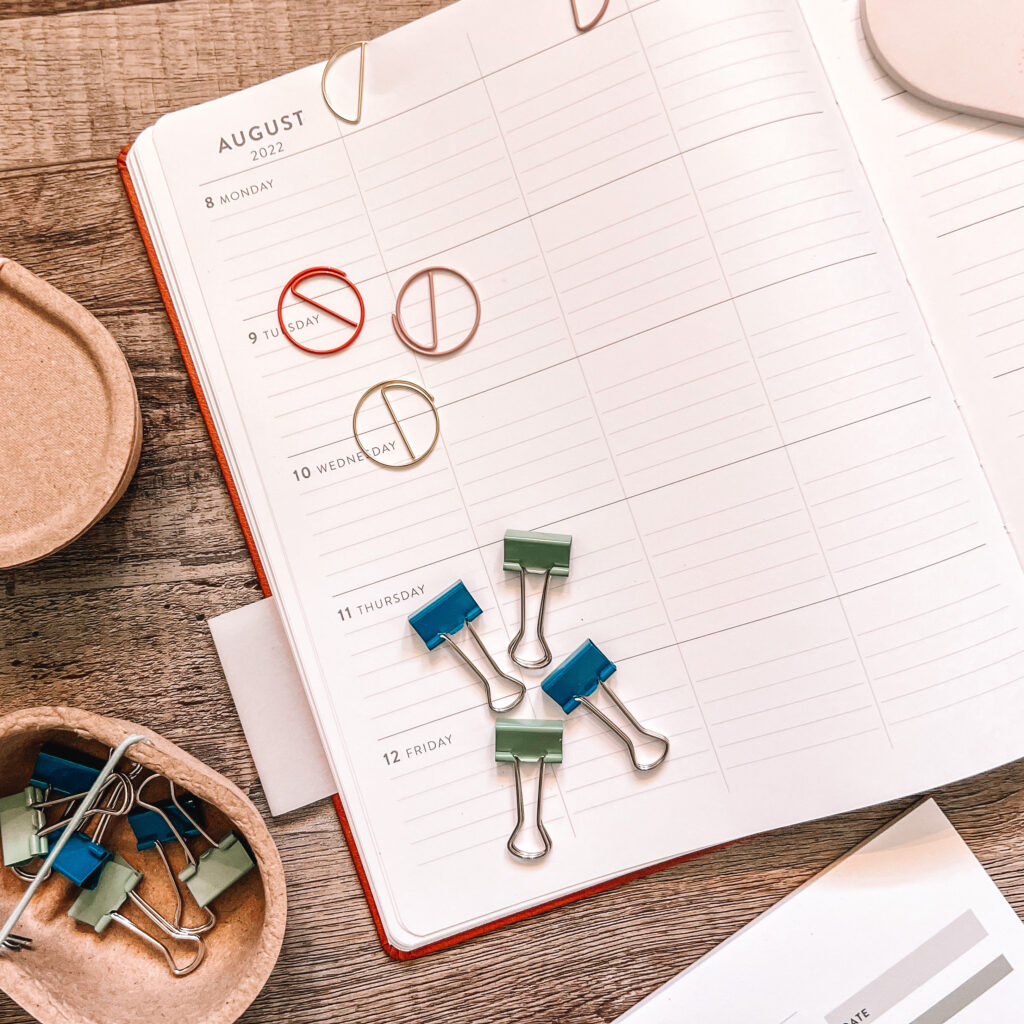For me, the best storage solution was to cut the cards out, laminate, put on a circle ring and then hang on a peg board at my teacher station so I can easily use the cards when needed. The ribbon just made me happy 🙂
So let’s start by looking at the Depth of Knowledge Question Stems. These cards are most useful for me teaching small group reading.
Materials you need when planning small group questions that are higher level of learning would be your small group reader, paper, pencil and your Question Stems.
After reading through the book myself, I then start flipping back through the book and matching question stems to the leveled reader. Depending on the level of the group (high, medium, or low) I try to vary my DOK questions.
High Groups (above grade level)
3-4 questions on DOK 3
2 questions on DOK 2
1-2 questions on DOK 1
Medium Groups (on grade level)
1-2 questions on DOK 3
3-4 questions on DOK 2
1-2 questions on DOK 1
Low Groups (below grade level)
1-3 DOK 2-3 (I model answering the questions for them and encourage them to add to my answers. By modeling the higher level questions, the students can hear my thought process and how I organize my answers. I always give them a chance to either restate my answer or add more details to my response.)
3-4 DOK 1
I usually write the questions down with the level for two purposes…
1. I remember the question stems I wanted to use.
2. I have documentation of how I use higher order thinking in my classroom for my teacher observations. This shows that all students are encouraged and challenged to use HOTS in my classroom.
Now, here’s a look at how I use Depth of Knowledge Verbs Guide.
The verbs guide helps me specifically with two things…
1. Determining the DOK of my assessment questions.
2. Correlating my teacher’s guide for whole group questioning with the DOK levels.
Here’s a look at how I determine the DOK level of assessment materials.
I circle or square the verbs in the questions and then find the verb in the flip book. Then I write down on my copy of the assessment the DOK level. Again, this serves to make sure that my assessments have the correct amount of varying DOK levels and documentation of how I am using HOTS in my classroom for my teacher evaluation.
I do the same type process when going through my teacher edition or guide when planning my lessons.
I hope this post was both helpful and provided ideas of how to keep track and plan your HOTS in your classroom, assessments, small groups, and lesson planning! If you are interested in purchasing either of these two sets modeled in this post, please check them out in my TPT store or click here for Depth of Knowledge Question Stems or here for Depth of Knowledge Verbs Guide.















One Comment
I truly enjoyed that one, because it is filled with interesting facts and
it is a sort of easygoing article. I spent only a few
minutes reading, and because of well-structured text,
then I understand it totally. Thanks!
Comments are closed.